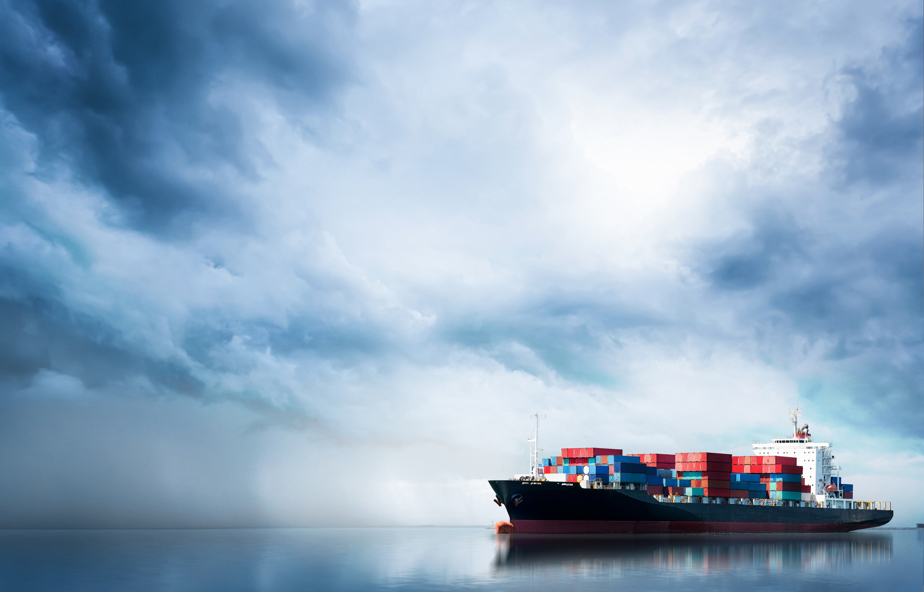While piracy may come to mind as a thing of the past for many, it remains a very real threat for seafarers of today.
Our National Cargo Product Manager, Daniel Morrison explains the current surge in piracy, the risks, and protecting container ship cargoes.
Hotspots such as Somalia, Egypt, and Yemen continue to see bandits boarding ships and stealing cargo. While piracy in the Gulf of Aden has reduced significantly in the last decade, where hostage taking was the main intention of the pirates- as ransoms are far more lucrative than stealing cargo.
However, while some areas have seen decreases, there was a hostage incident off the coast of Venezuela in February this year, and big jumps in the number of recorded piracy incidents recently in areas such as the Singapore straits.
“This is a growing cause for concern for seagoers and the maritime industry, as the current economic climate may drive people in poorer countries with poorly functioning governments, to turn to crime like piracy,” says Daniel.
Many pirates are opportunists that seek to board ships, access the first shipping container they see and take what they can, but on occasion these ordeals can become violent with instances of hostages being taken for ransom and weapons being used in armed robberies.
Slow moving vessels entering or leaving these areas with high value cargoes are easy targets and continue to be susceptible to the bandits.
“Asia in particular is seeing an increase in piracy and armed robbery against ships, with the abduction of crew for ransom in the regional waters a growing concern,” notes Daniel.
Whether the pirates are opportunistic thieves or part of organised crime rings, both cause a loss of approximately $1.25 billion each year in stolen goods, ransoms and damage.
“In May alone we’ve seen a total of eleven incidents reported in Asia,” he adds.
The IGC reports that for every $120 million worth of cargo seized by pirates the cost to the shipping industry and the end consumer is between $0.9 and $3.3 billion, with an estimated total cost of between $7-12 billion each year to the shipping industry, including counter-piracy measures such as added naval patrols, re-routing and added deterrents.
“It is a harsh reminder of the perils of shipping and the need for protection via cargo insurance,” he points out, adding that these incidents are happening when ships are at berth, while at anchor, and while underway, showing that these forms of piracy are not limited to particular times or places.
The most recent report from ReCAAP ISC said there is also concern about the continued occurrence of incidents on board ships while underway in the Singapore Strait, urging the littoral states to increase patrols and enforcement in their respective waters, strengthen coordination among them, and promote information sharing on incidents and criminal groups involved in order to make more arrests.
Compared to the 25 incidents between January-May 2019, the total number of incidents reported in the same period this year almost doubled and is the highest since 2016. With surges in the waters of Bangladesh, India, the Philippines, Vietnam and Singapore Strait.
“As a reasonably isolated country, Australia relies heavily on sea trade for both imports and exports, so it is vital that we protect our shipping industry, its cargo, and crew through whatever means we have available.
“When travelling in high risk waters, insurance premiums are inevitably higher and the economic loss inflicted from piracy is significant, so the best we can do is continue to offer coverage that is adequate for container ships so crew and cargo are covered should an incident occur,” suggests Daniel.
Contact your local NTI representative on 1800 684 669 to find out about our suite of marine insurance to cover your client for whatever comes their way.
